Microphysiological System Research Group
Microphysiological System Research Group Overview
In recent years, from the viewpoints of animal welfare and clinical predictability, alternative methods to animal experiments have become necessary, and expectations for ex vivo evaluation systems using cultured cells have increased. We will promote the construction of new culture and assay systems using cultured cells with the aim of their utilization and dissemination in the fields of drug discovery, food, cosmetics, and others. In particular, we will develop a “Microphysiological systems (MPS),” a cell culture platform that mimics the microenvironment, tissue structure, and cellular composition of living organisms.
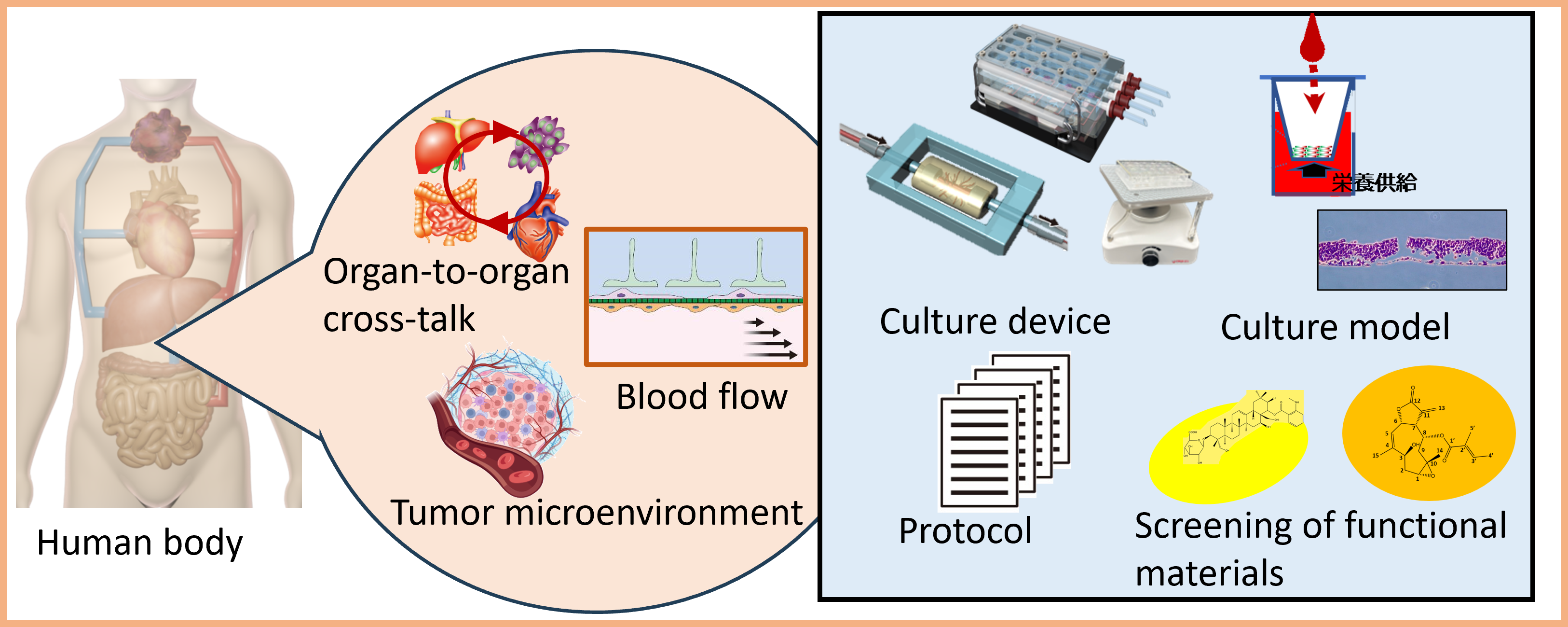
Research Project
Project 1:Development of pressure driven microphyiological systems
Researcher: SUGIURA Shinji
We aim to develop pressure-driven microphysiological systems (PD-MPS) that can create and maintain high-level cell and organ functions as an alternative to animal experiments and a novel research tool in drug discovery.
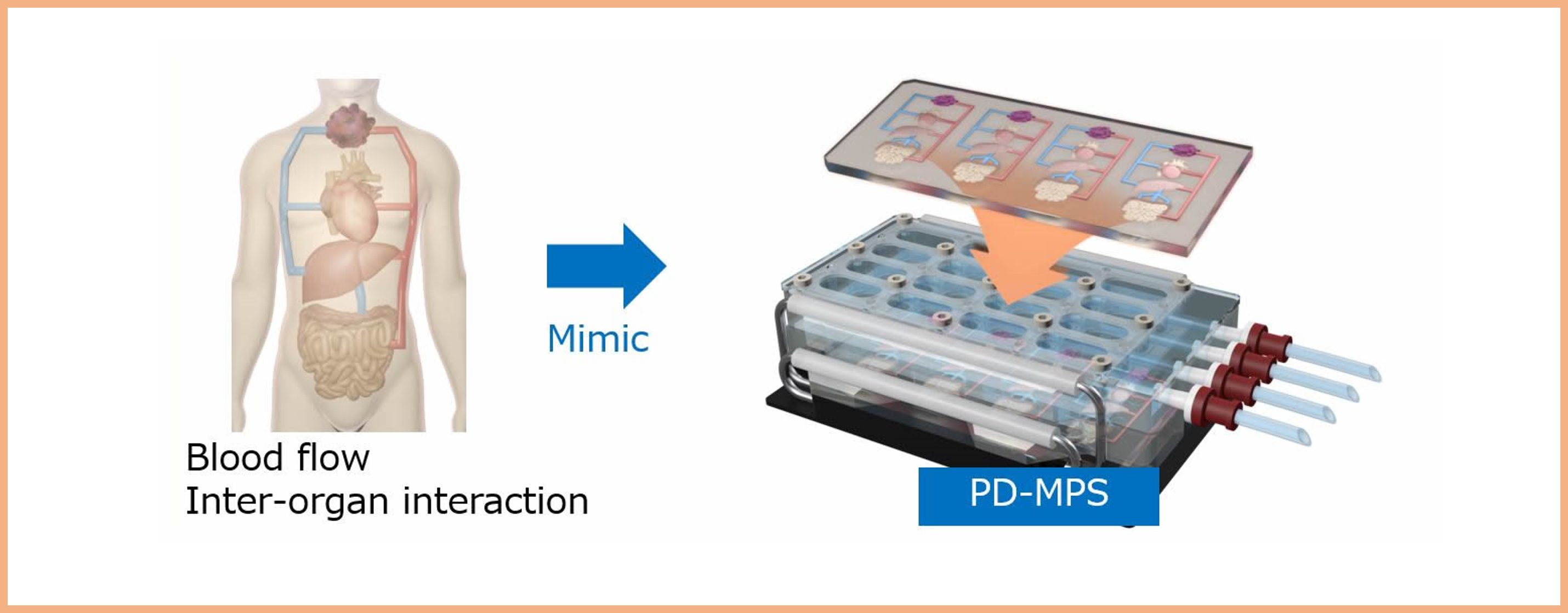
Project 2:Development of Vascularized 3D Tissue with Perfusion Device
Researcher: MORI Nobuhito et al.
We have developed a unique perfusion device and are studying the technology to create a perfusable vascular network in 3D tissues composed of cells and scaffold materials. The device can maintain large tissues by supplying oxygen and nutrients, and can also be used to infuse drugs, immune cells, and other substances for testing purposes. So far, we have successfully constructed tissues such as skin, liver, and tumors (cancer). We can collaborate on the evaluation of desired drugs using vascularized 3D tissues, the construction of new tissues for regenerative medicine or food ingredient or drug evaluation by combining any tissue or cell with this technology, and the joint development and licensing of the perfusion device itself.
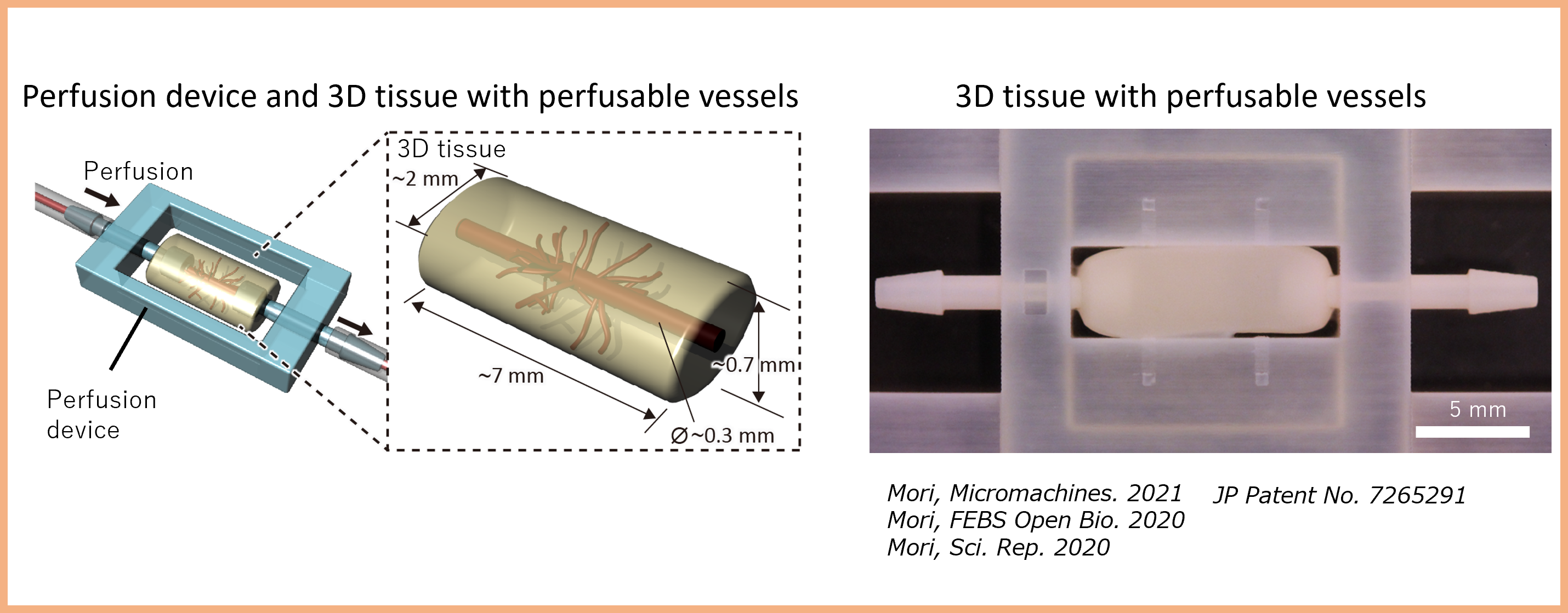
Project 3:Construction and Application of Microphysiological systems
Researcher: YOSHITOMI Ren
Our microphysiological system devices reproduce microenvironments that are difficult to observe at the level of individual organisms, such as interorgan interactions. By constructing complex models of disease mechanisms and lifestyle diseases, they enable a deeper understanding of phenomena that have been difficult to elucidate using conventional research methods. They facilitate advanced screening and functional evaluation of compounds for functional food and pharmaceutical development. In addition, they comprehensively explore more detailed mechanistic functionalities that extend beyond general intracellular signaling to include non-coding RNA interactions mediated by extracellular vesicles across multiple organs.
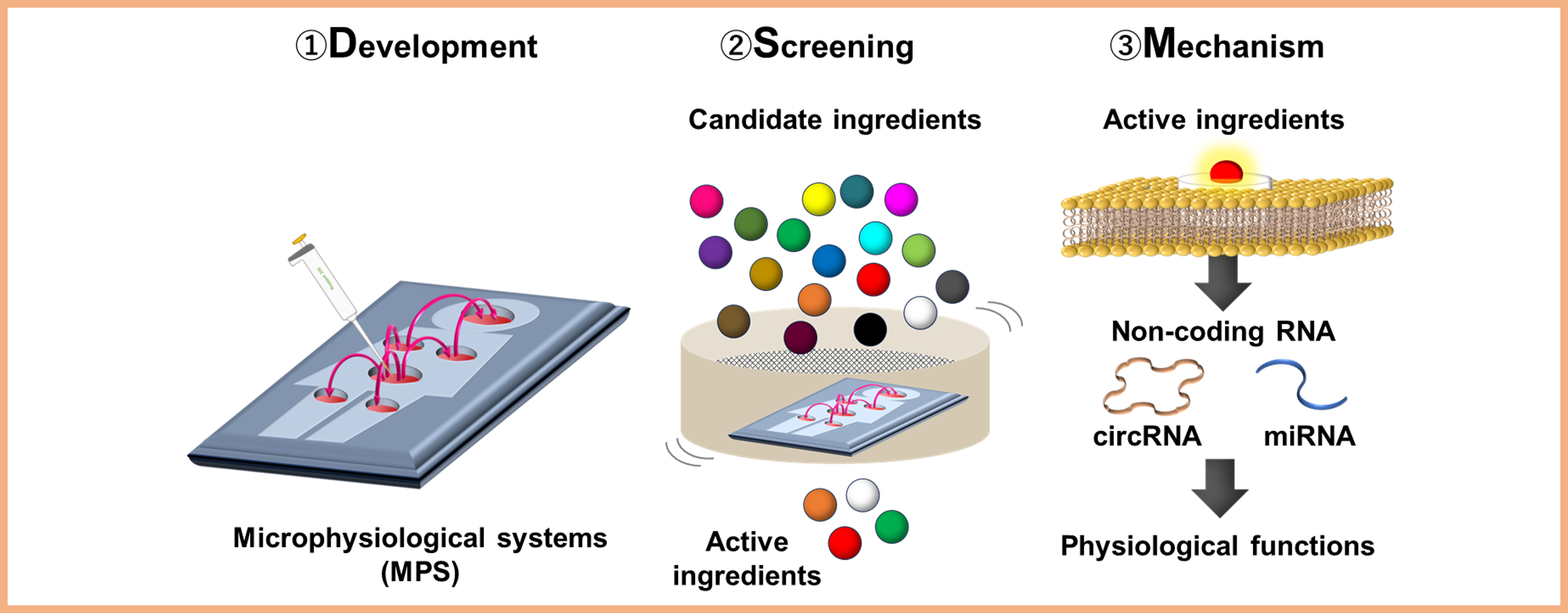
Project 4:Application of bioluminescence to explore functional natural compounds
Researcher: TOMITA Tatsunosuke
We're exploring novel compounds from natural resources through bioassays, focusing on a new method with real-time bioluminescence monitoring using cultured cells to evaluate aspects like circadian rhythms.
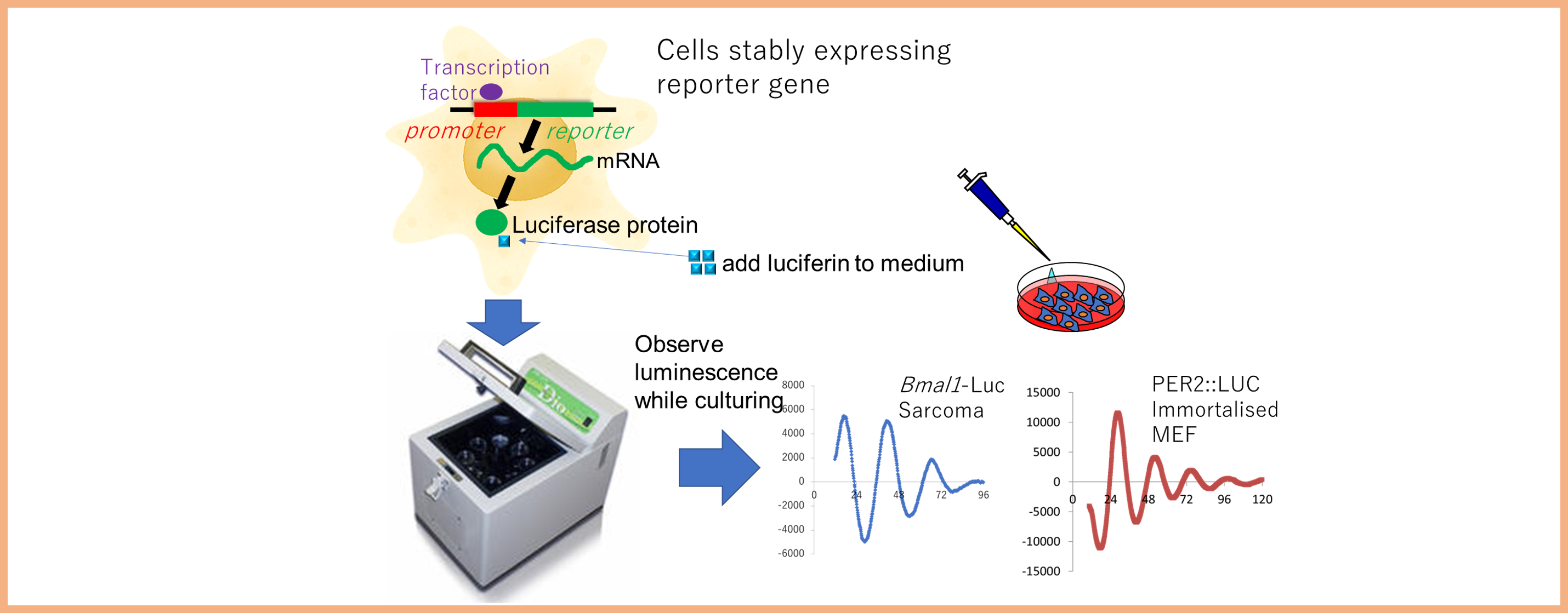
Project 5:Research of natural products maintaining health for metabolic syndrome and immune system
Researcher: SAIKI Papawee
We are developing a bioluminescence-based bioscreening assay to search for various health-maintaining functional substances that are effective in immune function, skin care, metabolic syndrome, mental syndrome, etc. We will also develop cell-based assays including microphysiological systems (MPS) with the aim of their utilization and dissemination in the fields of drug discovery, food, cosmetics and others for alternative methods to animal testing.
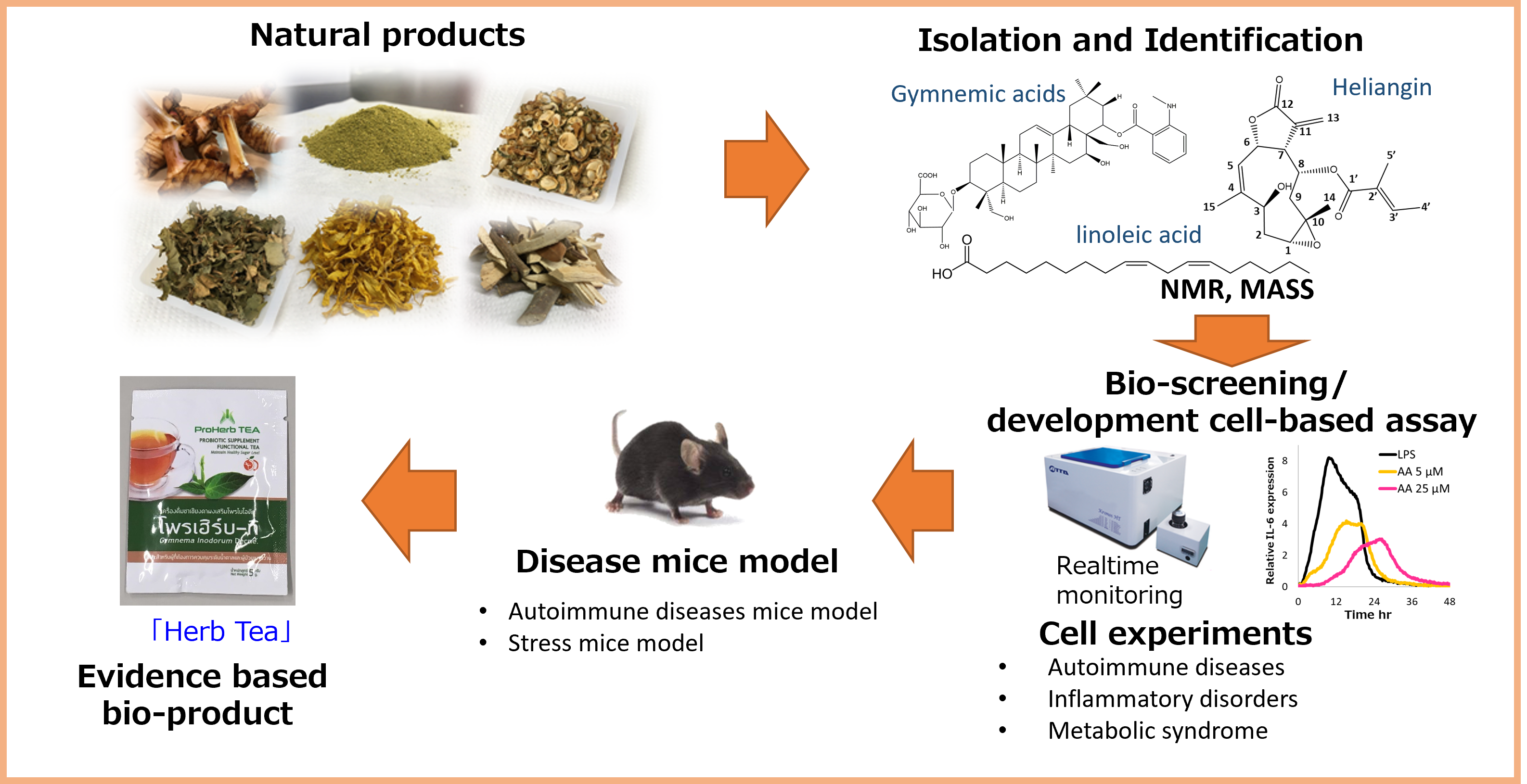
Staff Members
| photo | position & name | field of expertise | and other info |
|---|---|---|---|
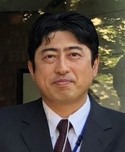 |
Research Group Leader SUGIURA Shinji |
|
|
 |
Senior Researcher TOMITA Tatsunsouke |
|
|
 |
Senior Researcher MORI Nobuhito |
|
|
 |
Senior Researcher SAIKI Papawee |
|
|
 |
Researcher YOSHITOMI Ren |
|
|
 |
FUJITA Satoshi |
|
|
Results
- Sakai, S; Fujiwara, H; Kazama, R; Toita, R;Fujita, S.
Development of on-chip cell domes using Ca-alginate hydrogel shells for non-adherent cell studies.
LAB CHIP. 2025 May 29. doi:10.1039/d5lc00204d - Mori, N; Miyazaki, Y; Oda, T; Kida, YS.
RT-4M: Real-Time Mosaicing Manager for Manual Microscopy System.
Sensors (Basel). 2025 May 8;25(10):2968. doi:10.3390/s25102968 - Barbhuiya, PA; Yoshitomi, R; Pathak, MP.
Understanding the Link Between Sterol Regulatory Element Binding Protein (SREBPs) and Metabolic Dysfunction Associated Steatotic Liver Disease (MASLD.
CURR OBES REP. 2025 Apr 14;14(1):36. doi:10.1007/s13679-025-00626-y - Limjanthong, N; Sugiura, S; Oda, T; Takusari, F; Fujiwara, Y; Miyazaki, T; Naganuma, K; Ohnuma, K.
Monitoring and optimization of the microenvironment in a gravity-driven microfluidic system placed on a slow-tilting table.
J BIOSCI BIOENG. 2025 Apr;139(4):311-318. doi:10.1016/j.jbiosc.2024.12.014 - Li, D; Han, H; Sun, Y; Zhang, H; Yoshitomi, R; Kaul, SC; Wadhwa, R.
Molecular Insights into the Inhibition of Lipid Accumulation in Hepatocytes by Unique Extracts of Ashwagandha.
INT J MOL SCI. 2024 Nov 14;25(22):12256. doi:10.3390/ijms252212256 - Tomita, T; Nakajima, Y; Ohmiya, Y; Miyazaki, K.
Novel three-dimensional live skin-like in vitro composite for bioluminescence reporter gene assay.
FEBS JOURNAL. 024 Aug 15. doi: 10.1111/febs.17246 - Tomita, T; Wadhwa, R; Onishi, Y.
Natural Compounds that Modulate Circadian Rhythms.
CURR TOP MED CHEM. 2024 May 30. doi: 10.2174/0115680266300569240514101800 - Song, X; Nihashi, Y; Imai, Y; Mori, N; Kagaya, N; Suenaga, H; Shin-Ya, K; Yamamoto, M; Setoyama, D; Kunisaki Y; Kida, YS .
Collagen Lattice Model, Populated with Heterogeneous Cancer-Associated Fibroblasts, Facilitates Advanced Reconstruction of Pancreatic Cancer Microenvironment.
INT J MOL SCI. 2024 Mar 27;25(7):3740. doi: 10.3390/ijms25073740 - Sugiura, S; Yamahira, S; Tamura, M; Shin, K; Shibuta, M; Satoh, T; Matsuzawa, Y; Fujii, G; Yanagawa, F; Mutoh, M; Yanagisawa, M; Kato, R; Matsui, H.
Automated cell isolation from photodegradable hydrogel based on fluorescence image analysis.
BIOTECHNOL BIOENG. 2023 Mar 15. doi: 10.1002/bit.28375 - Limjanthong, N; Tohbaru, Y; Okamoto, T; Okajima, R; Kusama, Y; Kojima, H; Fujimura, A; Miyazaki, T; Kanamori, T; Sugiura, S; Ohnuma, K.
Gravity-driven microfluidic device placed on a slow-tilting table enables constant unidirectional perfusion culture of human induced pluripotent stem cells.
J BIOSCI BIOENG. 2022 Dec 29:S1389-1723(22)00346-2. doi: 10.1016/j.jbiosc.2022.11.007 - Imai, Y;Mori, N; Nihashi, Y; Kumagai, Y; Shibuya, Y; Oshima, J; Sasaki, M; Sasaki, K; Aihara, Y; Sekido, M; Kida, YS.
Therapeutic Potential of Adipose Stem Cell-Derived Conditioned Medium on Scar Contraction Model.
BIOMEDICINES. 2022 Sep 24;10(10):2388. doi: 10.3390/biomedicines10102388 - Sugiura, S; Shin, K; Kanamori, T.
Perfusion culture of endothelial cells under shear stress on microporous membrane in a pressure-driven microphysiological system.
J BIOSCI BIOENG. 2022 Oct 14:S1389-1723(22)00258-4. doi: 10.1016/j.jbiosc.2022.09.005 - Miyazaki, K; Itoh, N; Saiki, P; Kuroki, Y.
Supplementation with Eurycoma longifolia Extract Modulates Diurnal Body Temperature Fluctuation and Sleep Rhythm in Mice.
J NUTR SCI VITAMINOL (Tokyo). 2022;68(4):342-347. doi: 10.3177/jnsv.68.342 - Sugiura, S; Satoh, T; Shin, K; Onuki-Nagasaki, R; Kanamori, T.
Perfusion culture of multi-layered HepG2 hepatocellular carcinoma cells in a pressure-driven microphysiological system.
J BIOSCI BIOENG. 2022 Aug 11:S1389-1723(22)00189-X. doi: 10.1016/j.jbiosc.2022.07.001 - Tomita, T; Kawano, Y; Kassai, M; Onda, H; Nakajima, Y; Miyazaki, K.
Hydroxy-β-sanshool isolated from Zanthoxylum piperitum (Japanese pepper) shortens the period of the circadian clock.
FOOD FUNCT. 2022 Aug 12. doi: 10.1039/d2fo01036d - Miyazaki, Y; Mori, N; Akagi, Y; Oda, T; Kida, YS.
Potential Metabolite Markers for Pancreatic Cancer Identified by Metabolomic Analysis of Induced Cancer-Associated Fibroblasts.
CANCERS. 2022 Mar 8;14(6):1375. doi: 10.3390/cancers14061375 - Saiki, P; Yoshihara, M; Kawano, Y; Miyazaki, H; Miyazaki, K.
Anti-Inflammatory Effects of Heliangin from Jerusalem Artichoke (Helianthus tuberosus) Leaves Might Prevent Atherosclerosis.
BIOMOLECULES 12 (1); doi:10.3390/biom12010091 JAN - Tomita, T; Wadhwa, R; Kaul, SC; Kurita, R; Kojima, N; Onishi, Y.
Withanolide Derivative 2,3-Dihydro-3β-methoxy Withaferin-A Modulates the Circadian Clock via Interaction with RAR-Related Orphan Receptor α (RORa.
J NAT PROD. 2021 Jun 21. doi: 10.1021/acs.jnatprod.0c01276 - Akagi, Y; Mori, N; Kawamura, T; Takayama, Y; Kida, YS.
Non-invasive cell classification using the Paint Raman Express Spectroscopy System (PRESS)
SCI REP. 2021 Apr 23;11(1):8818. doi: 10.1038/s41598-021-88056-3 - Mori, N; Kida, YS.
Applicability of Artificial Vascularized Liver Tissue to Proteomic Analysis.
MICROMACHINES (Basel). 2021 Apr 11;12(4):418. doi: 10.3390/mi12040418